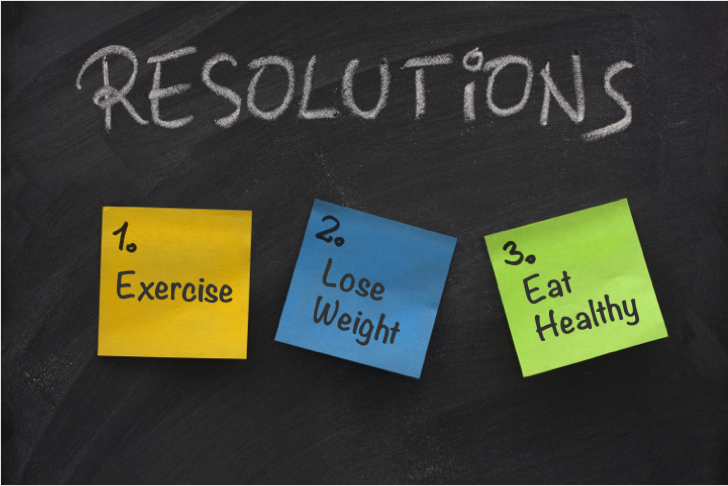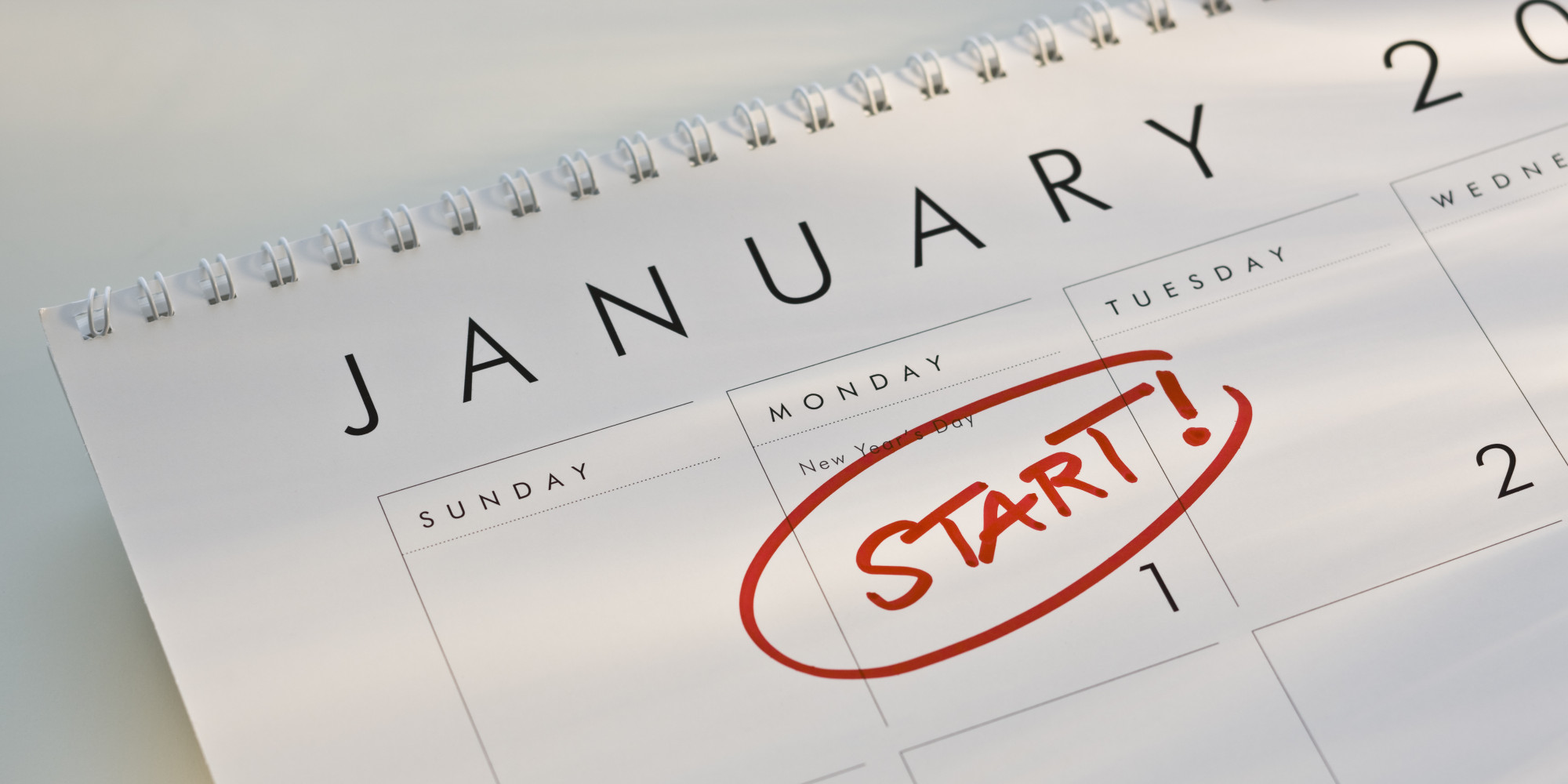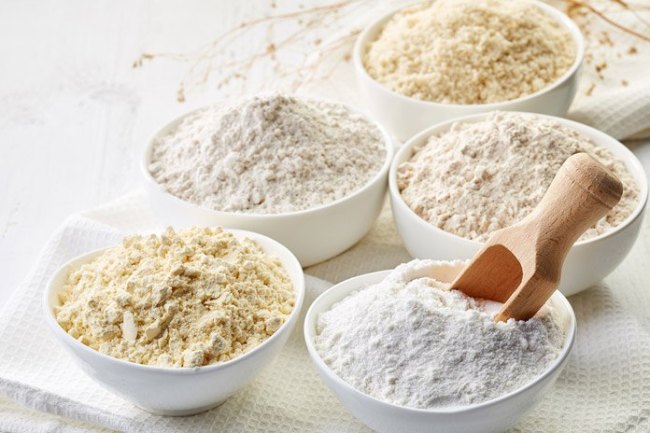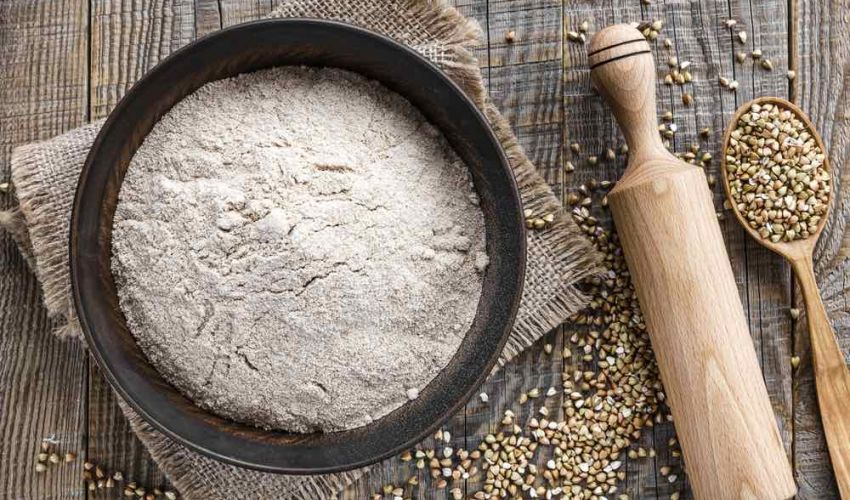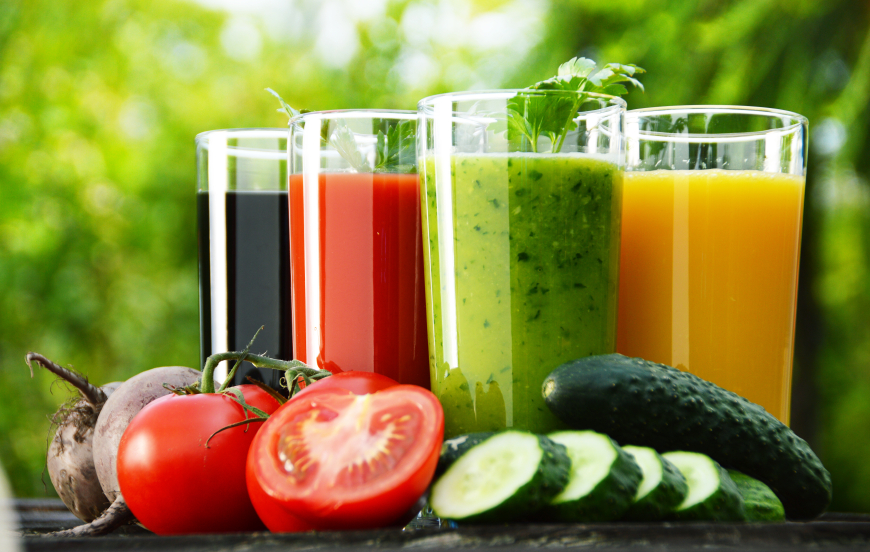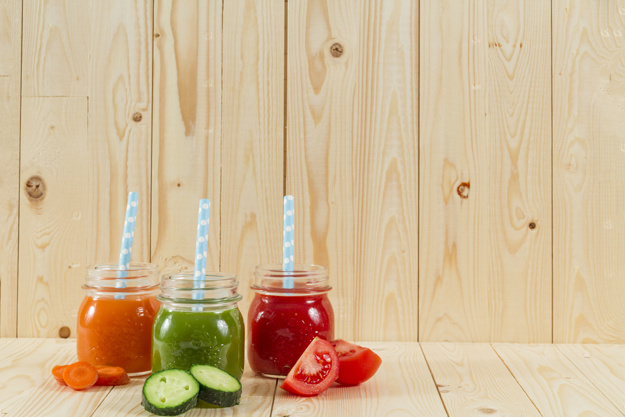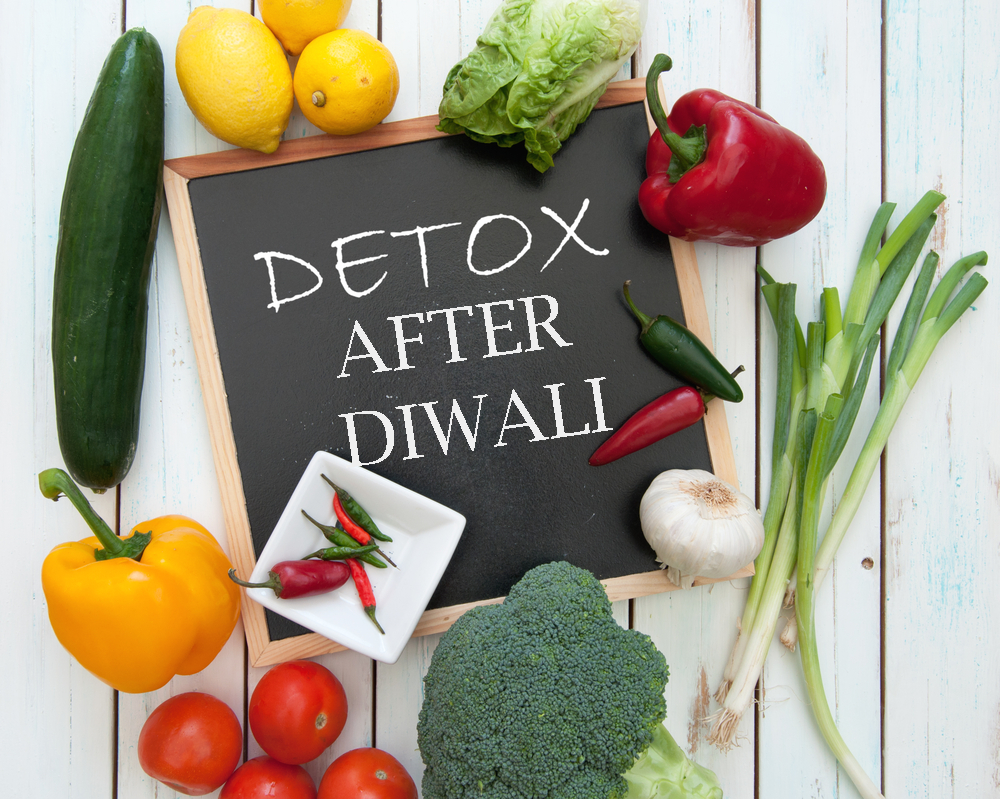As weight loss resolutions ring in the New Year, I’d like to talk to you about what to expect from your weight loss plan.Treat your weight loss plan like a genie. Expect things from it. Asking for just weight loss is like asking a genie for a kite or a pencil or a sharpener.Anyone can give you that. But if you are going to take control of your weight, if you make changes in the way you eat, shouldn’t you expect better returns on your diet? Here’s what should be on your wishlist…
PERMANENT WEIGHT LOSS
If you choose a diet that focuses only on losing weight, it will ignore other issues like metabolism and overall health. Your diet needs to guarantee permanent weight loss, i.e., where the weight does not come back if you eat `normally’.
INCREASED METABOLISM
A good diet should kickstart your metabolism and actually increase it.Eating every two hours is the secret to stable weight loss.When my clients burst through the door telling me, `I lost 3 kilos!’, I am never impressed. The first question I ask them is, `Did you eat every two hours?’ Because without that, I know (from my experience with all my clients) that the 3 kilos are going to come back.
FAT LOSS
If you don’t lose fat, you lose muscle. And the more muscle you lose, the higher is your body fat percentage. That in turn leads to storage of more fat. Any meal plan low on calories starves you and ensures that your body uses muscles for its daily functioning, which is detrimental to any long-term weight loss goal.
OVERALL HEALTH, ENERGY, WELL-BEING
How are you feeling? This is something no weighing scale or blood test will be able to tell you. Do you get up in the morning feeling lively? Do you feel that you have a better attention span? Do you feel less irritable? Your energy levels should remain more or less the same throughout the day: there should be no major highs or lows. Your blood sugar levels should be consistent and stable. Your overall health and well-being is the ultimate test of the success of any weight loss programme.
Whatever you do, don’t give up. And this year, when it comes to weight loss, I want you to take the same pride a marathoner takes crossing the finish line. If you are here to beat, win, compete, compare, you are measuring yourself against people, bodies and deadlines that aren’t yours. Don’t look over your shoulder. Forget about who’s catching up and who’s running ahead.
Your job is to finish. Be a finisher. That will be your victory.

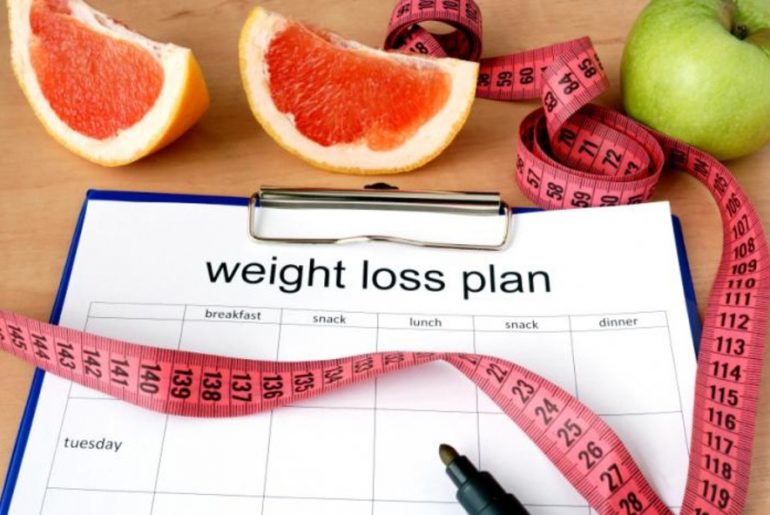

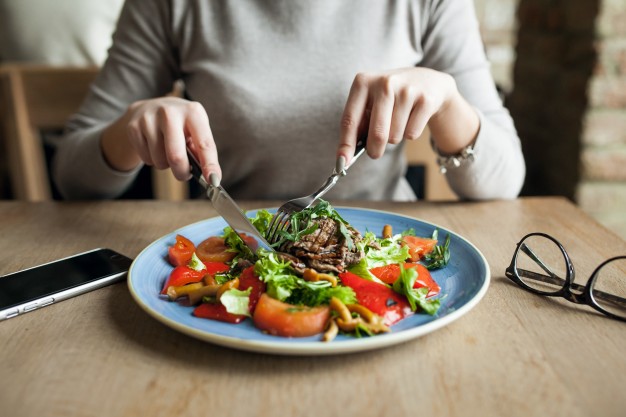


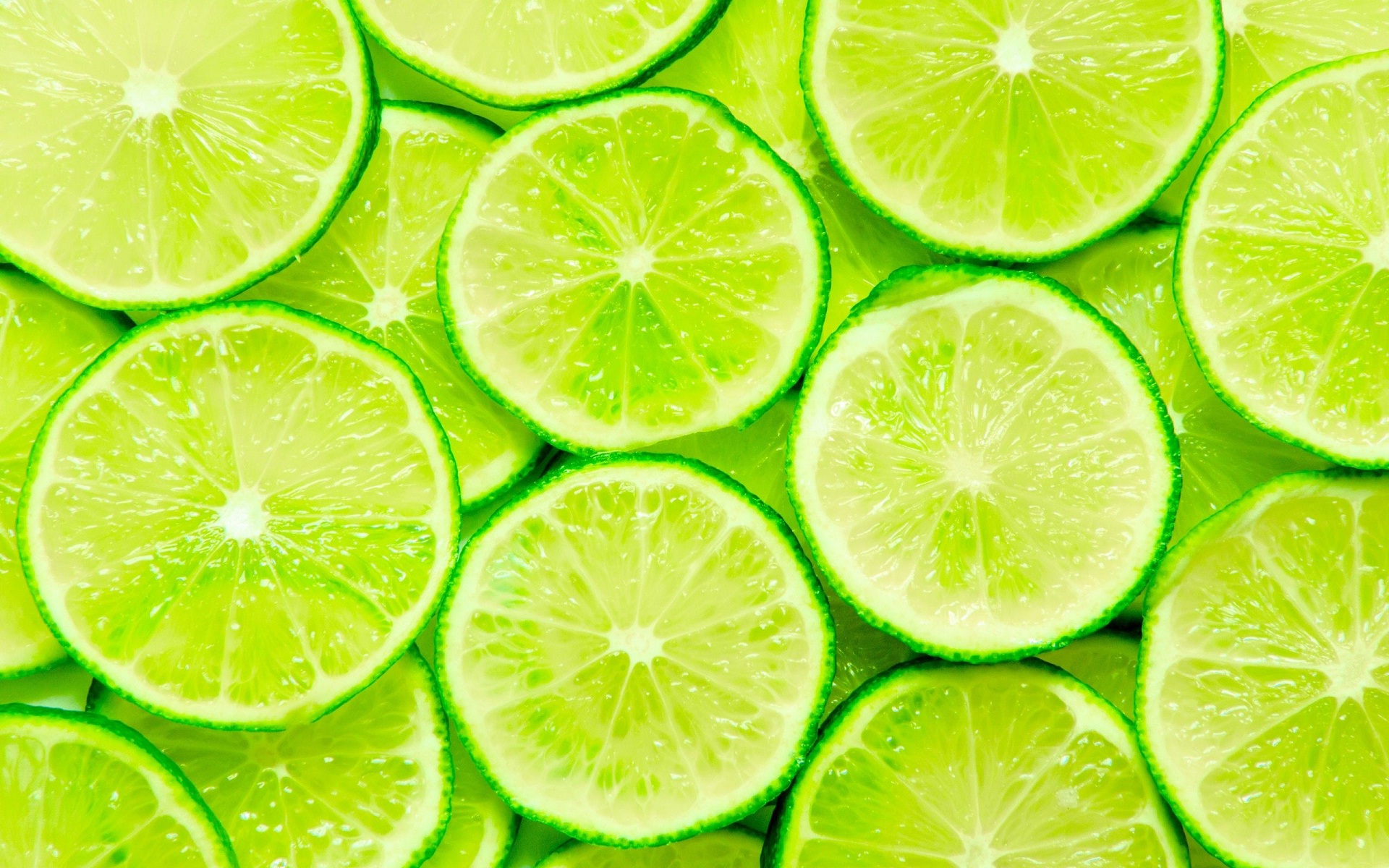
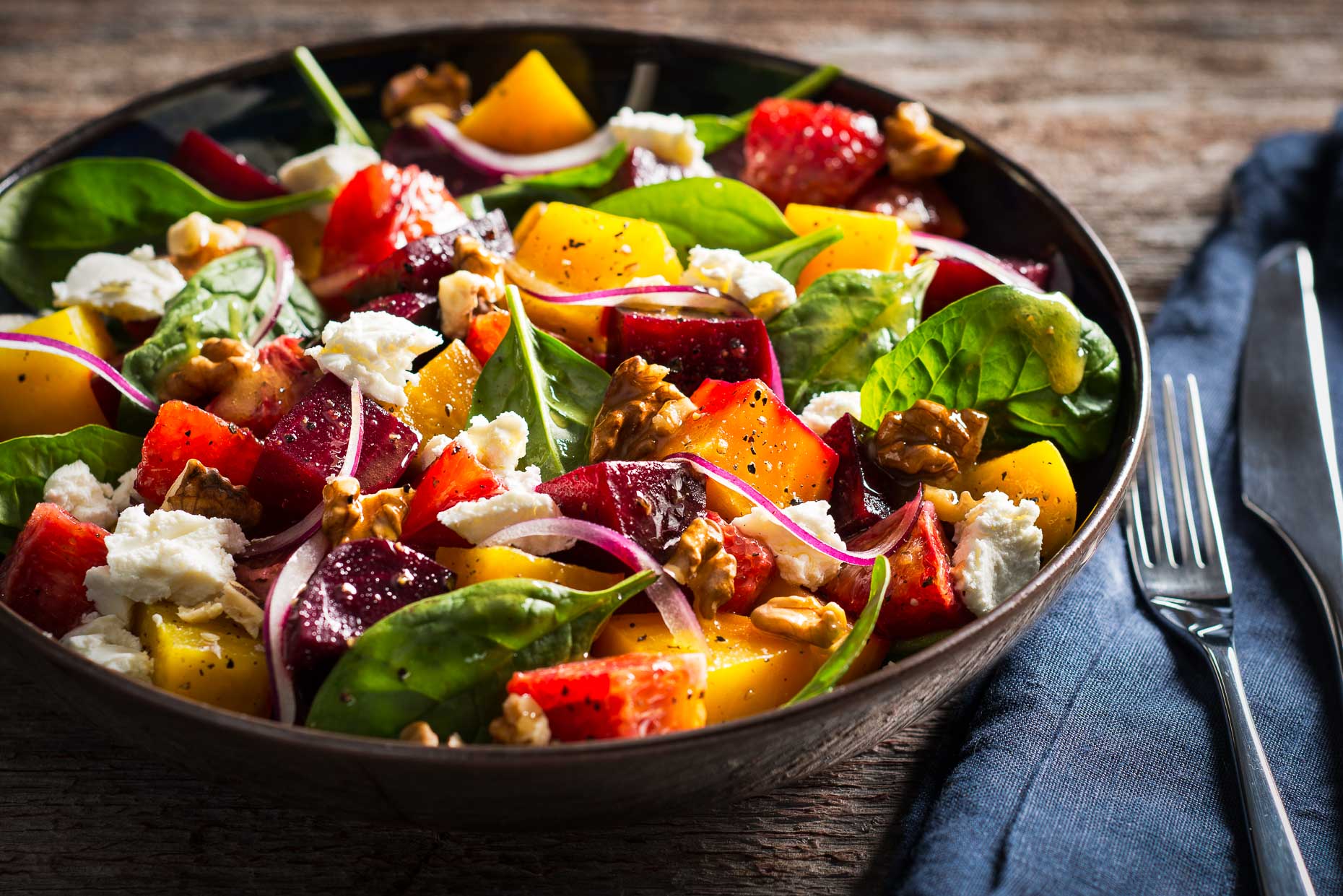
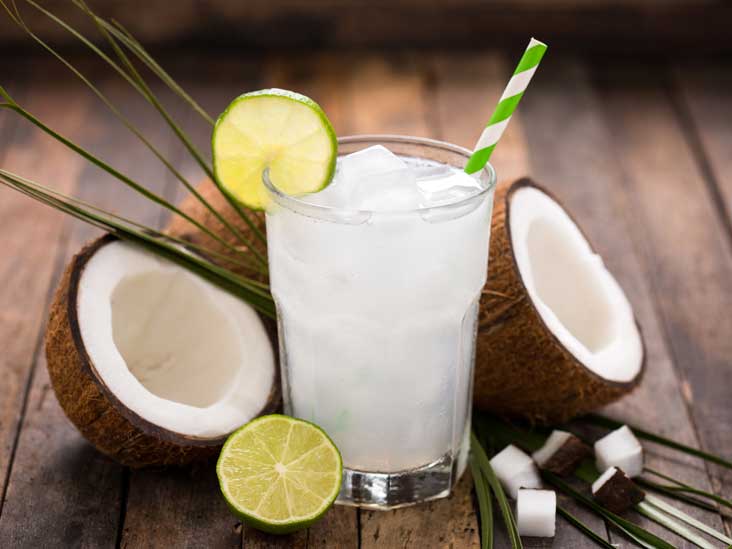
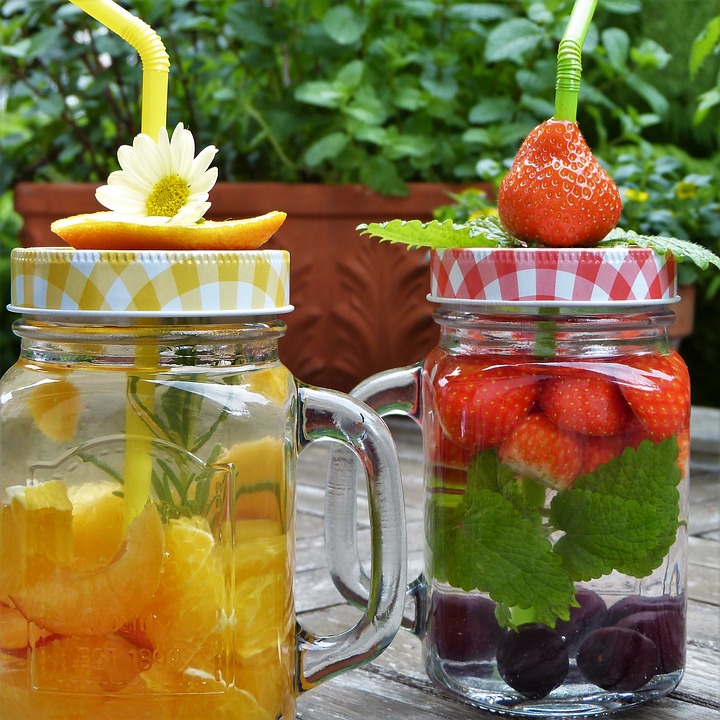
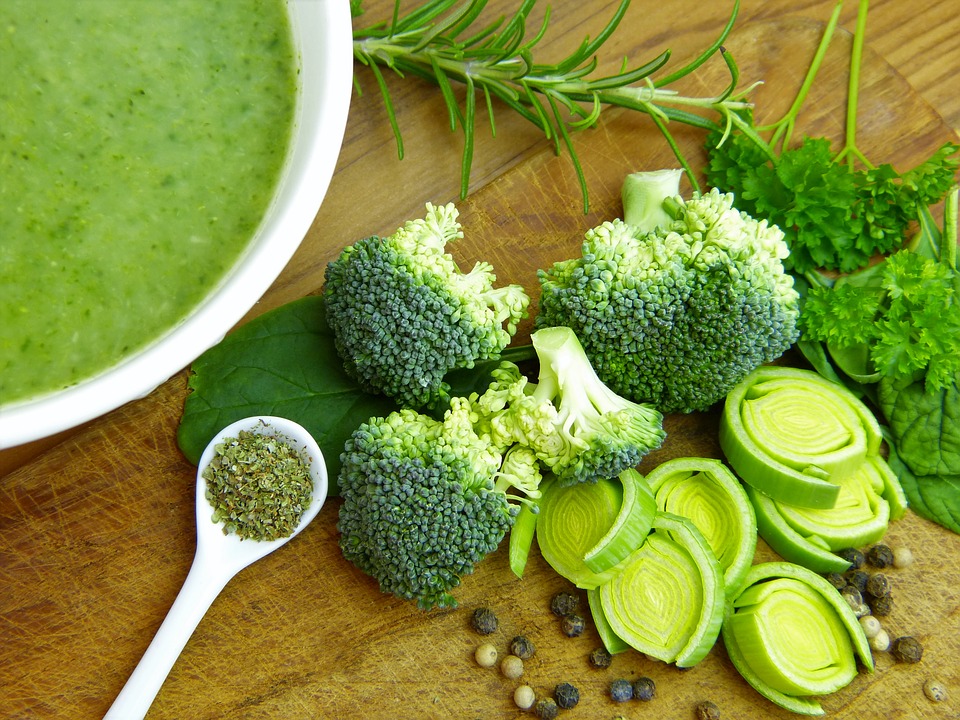 Give a nod to sautéed greens this season. These are light, can be made very appetising and always bring nice gifts with them like reduced cholesterol, cancer-fighting abilities, antiaging benefits, powerful vitamins and energy.
Give a nod to sautéed greens this season. These are light, can be made very appetising and always bring nice gifts with them like reduced cholesterol, cancer-fighting abilities, antiaging benefits, powerful vitamins and energy.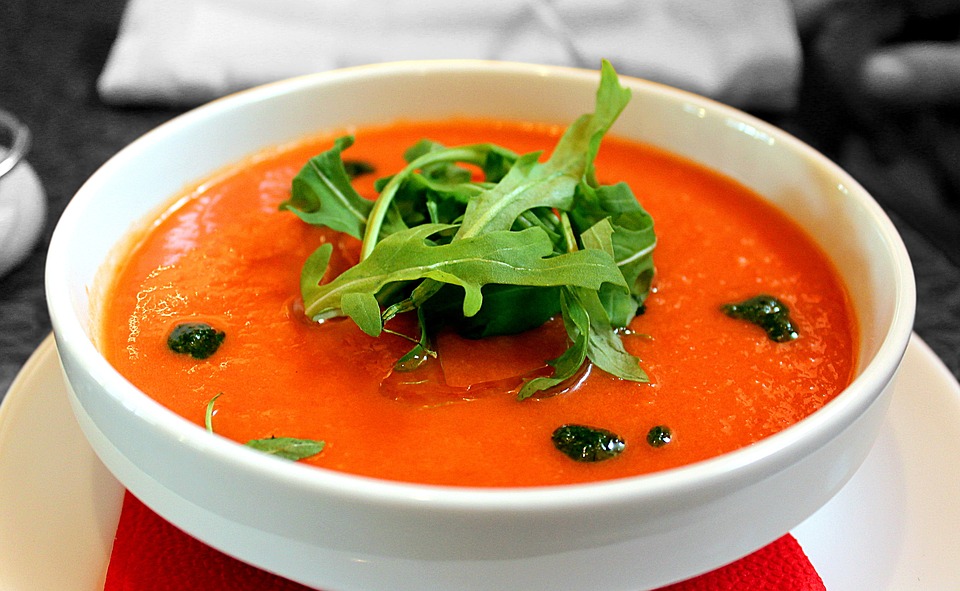
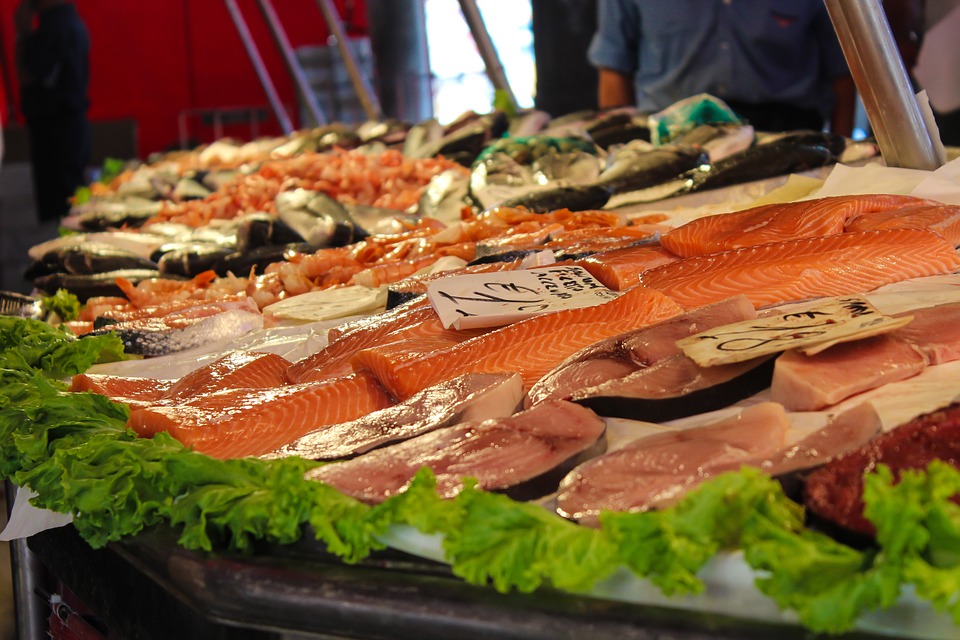 Proteins are harder to digest in general and coupled with heat and dehydration, they leave you feeling uncomfortable and nauseous. The recommended daily intake of protein is one gram per kilo of ideal body weight (the appropriate weight for your height). So, no matter what you currently weigh, if your
Proteins are harder to digest in general and coupled with heat and dehydration, they leave you feeling uncomfortable and nauseous. The recommended daily intake of protein is one gram per kilo of ideal body weight (the appropriate weight for your height). So, no matter what you currently weigh, if your 
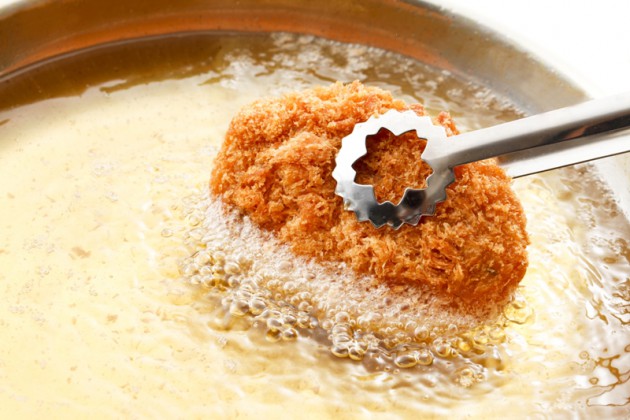
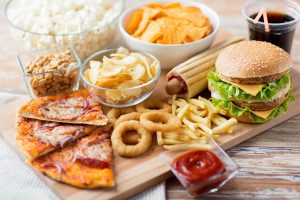
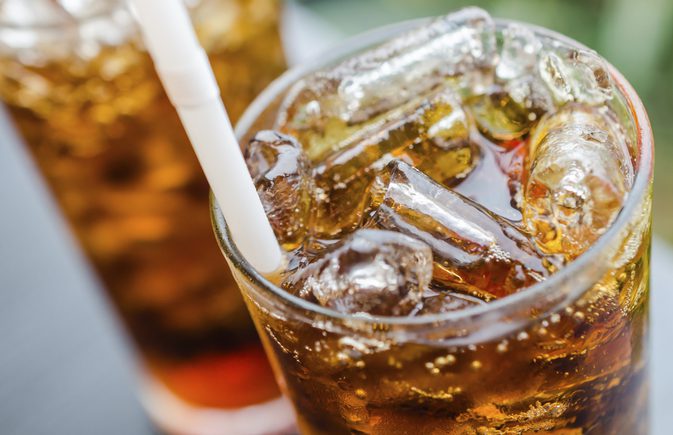
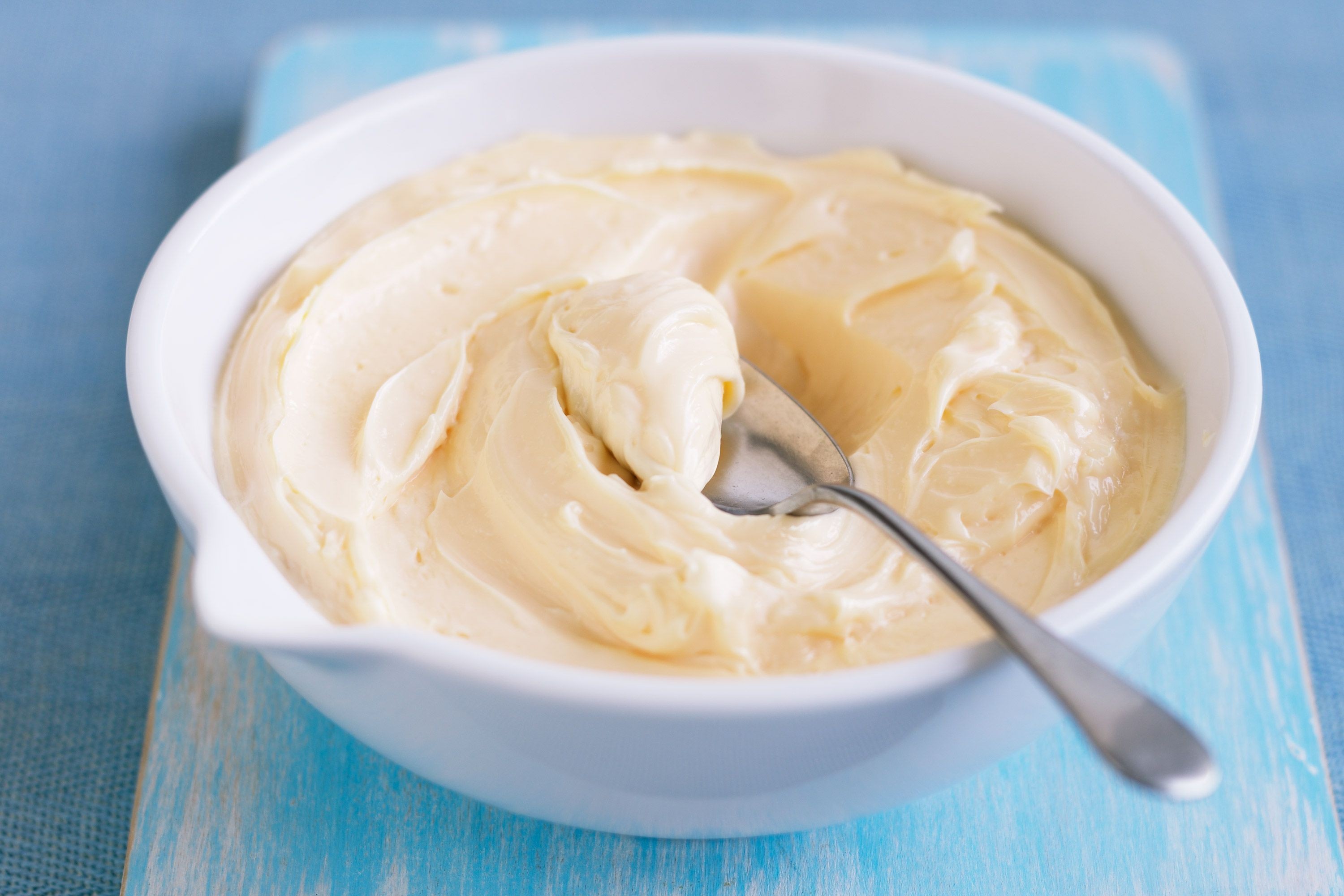 2. MAYONNAISE If you are happily throwing in mayonnaise into your salads and sandwiches thinking it brings in taste and variety, you may as well be clogging your arteries with sticky lard.
2. MAYONNAISE If you are happily throwing in mayonnaise into your salads and sandwiches thinking it brings in taste and variety, you may as well be clogging your arteries with sticky lard. 3. FLAVOURED YOGURT Something that is actually very healthy can be easily turned into an absolutely unhealthy food item simply by adding loads of sugar, cream and artificial flavours. Yes, I am talking about yogurt. Why turn this healthy probiotic snack (which it is originally famous for) into a dessert item? If you are using flavoured yogurt as an alternative to ice-creams and pastries, it is definitely a wiser option but if it’s stocked in the fridge as a healthy, low calorie, portable snack, get rid of it rightaway.
3. FLAVOURED YOGURT Something that is actually very healthy can be easily turned into an absolutely unhealthy food item simply by adding loads of sugar, cream and artificial flavours. Yes, I am talking about yogurt. Why turn this healthy probiotic snack (which it is originally famous for) into a dessert item? If you are using flavoured yogurt as an alternative to ice-creams and pastries, it is definitely a wiser option but if it’s stocked in the fridge as a healthy, low calorie, portable snack, get rid of it rightaway.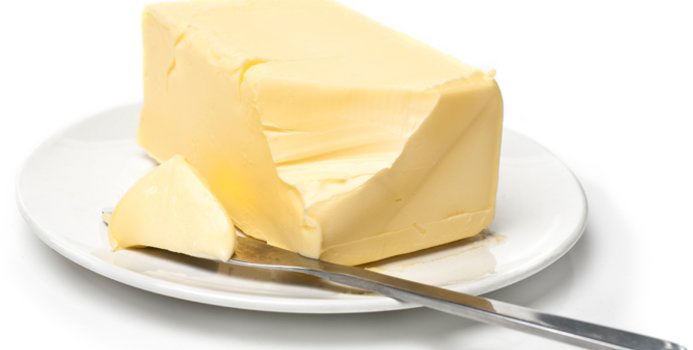 4. MARGARINE Marketed as a healthier option to butter, margarine is anything but that. It is loaded with partially hydrogenated fat which increases the LDL (bad) cholesterol and thus increases the risk of heart diseases and inflammation, a known trigger to premature aging.
4. MARGARINE Marketed as a healthier option to butter, margarine is anything but that. It is loaded with partially hydrogenated fat which increases the LDL (bad) cholesterol and thus increases the risk of heart diseases and inflammation, a known trigger to premature aging.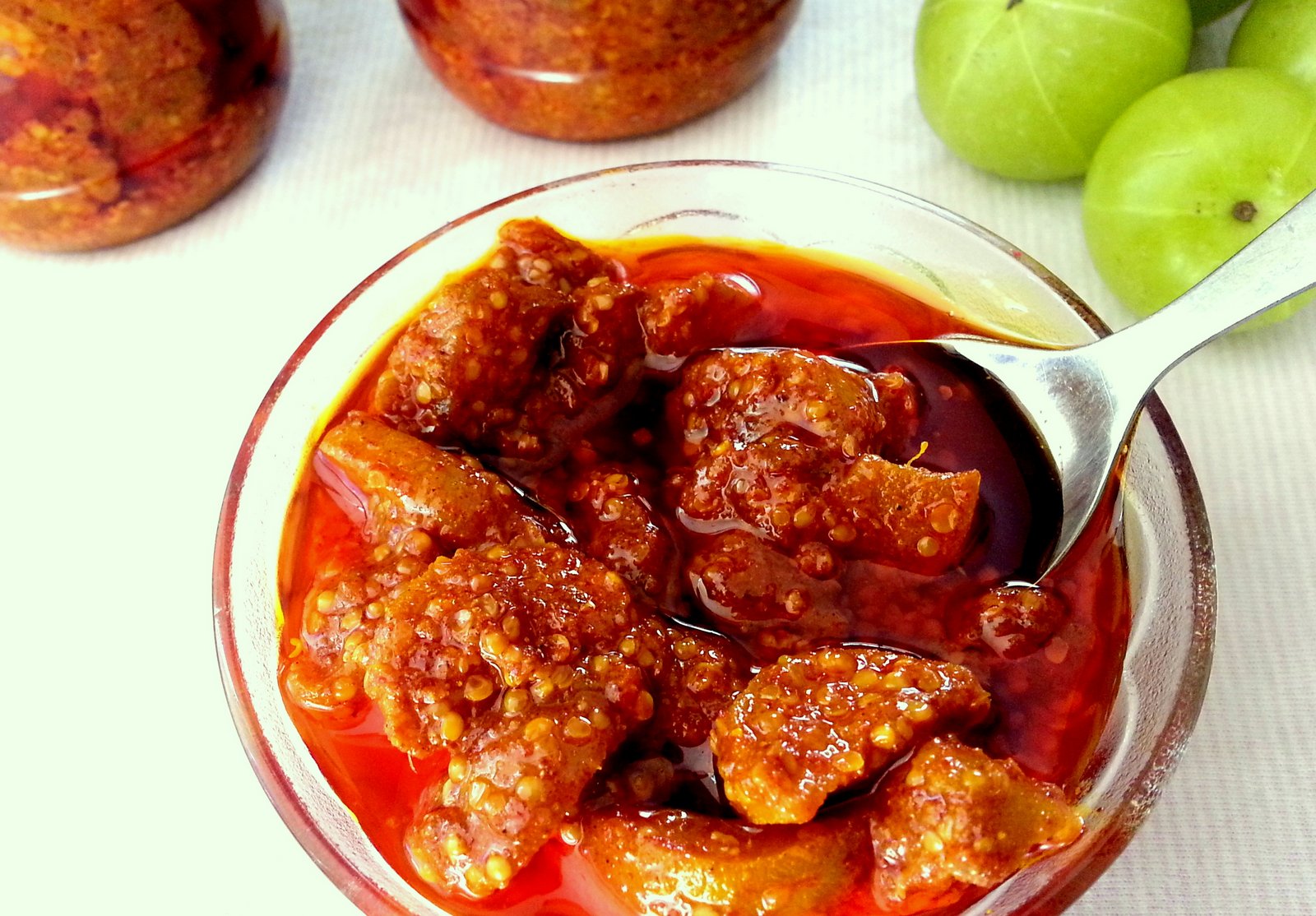 5. PICKLES They add a dash of spice and flavour to your daily meals, thus helping break monotony of everyday cooking styles. But remember, that along with its ichness in taste, pickles are a high source of oil and sodium. The additional oil (since cooked meals have already exhausted your daily oil quota) plays havoc with our lipid profile and ts a load on the heart, and the puts a load on the heart, and the excess sodium (since our meals already take care of our daily salt requirements) spoils the electrolyte balance and thus affects blood pressure.
5. PICKLES They add a dash of spice and flavour to your daily meals, thus helping break monotony of everyday cooking styles. But remember, that along with its ichness in taste, pickles are a high source of oil and sodium. The additional oil (since cooked meals have already exhausted your daily oil quota) plays havoc with our lipid profile and ts a load on the heart, and the puts a load on the heart, and the excess sodium (since our meals already take care of our daily salt requirements) spoils the electrolyte balance and thus affects blood pressure.